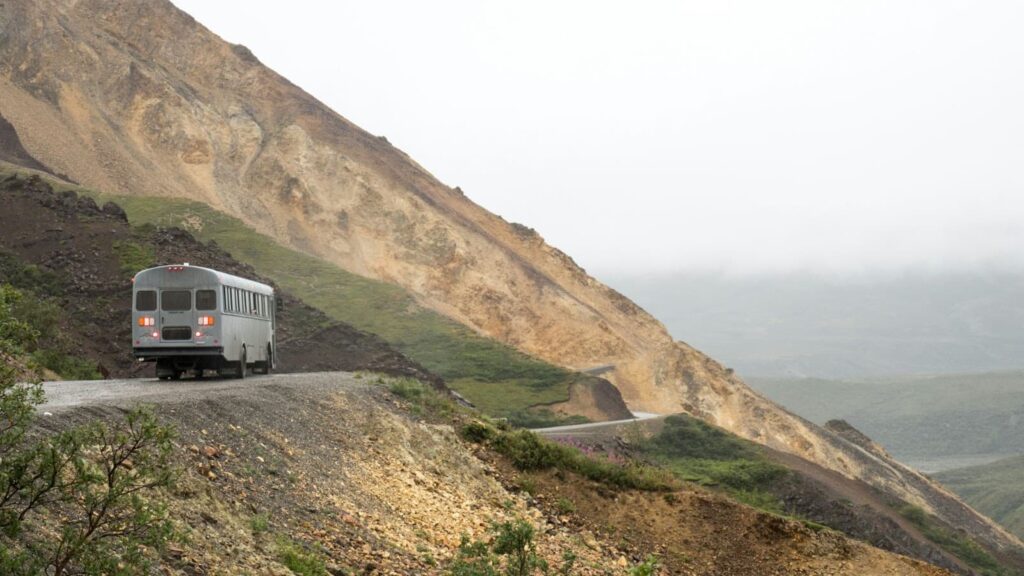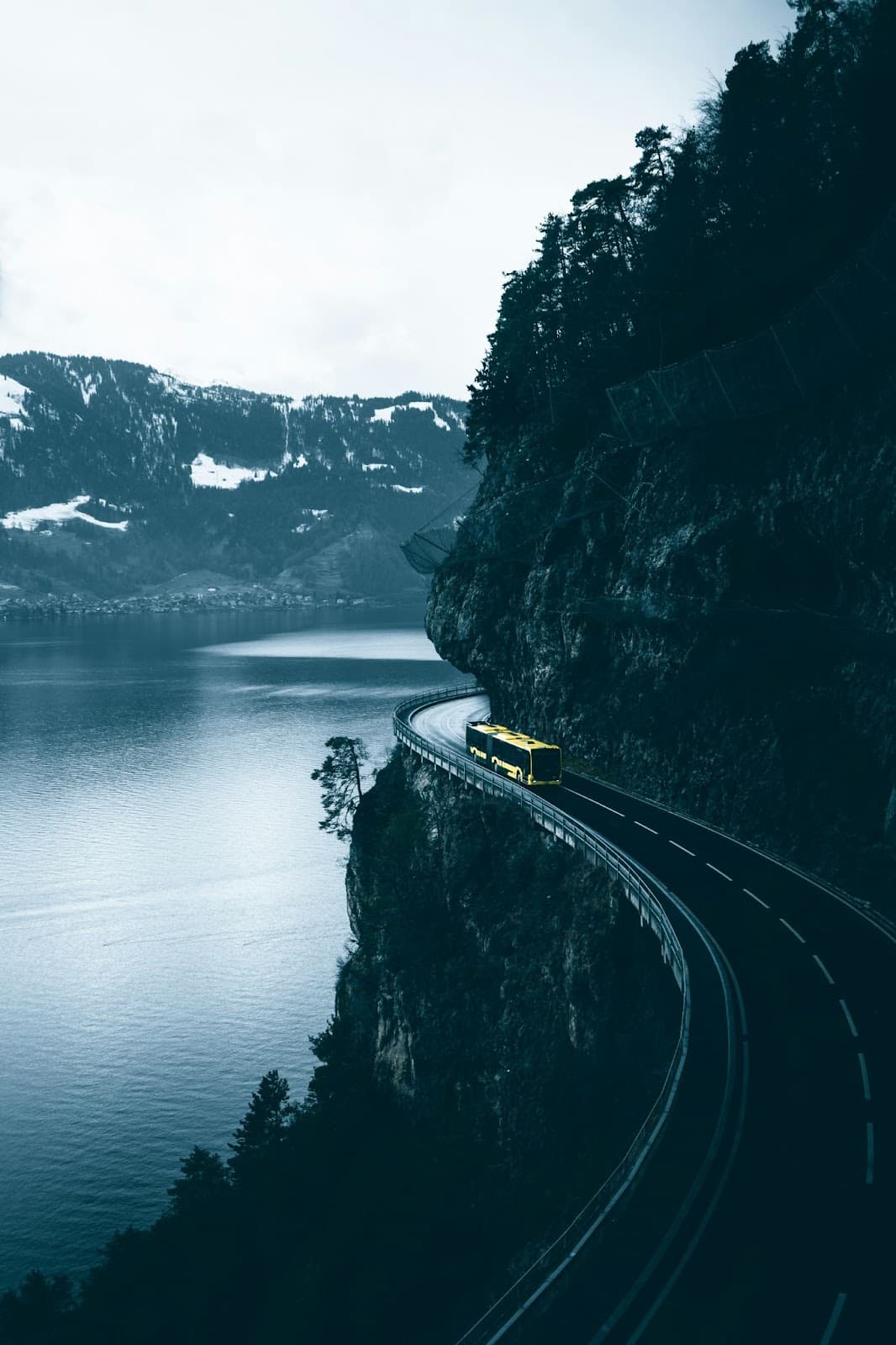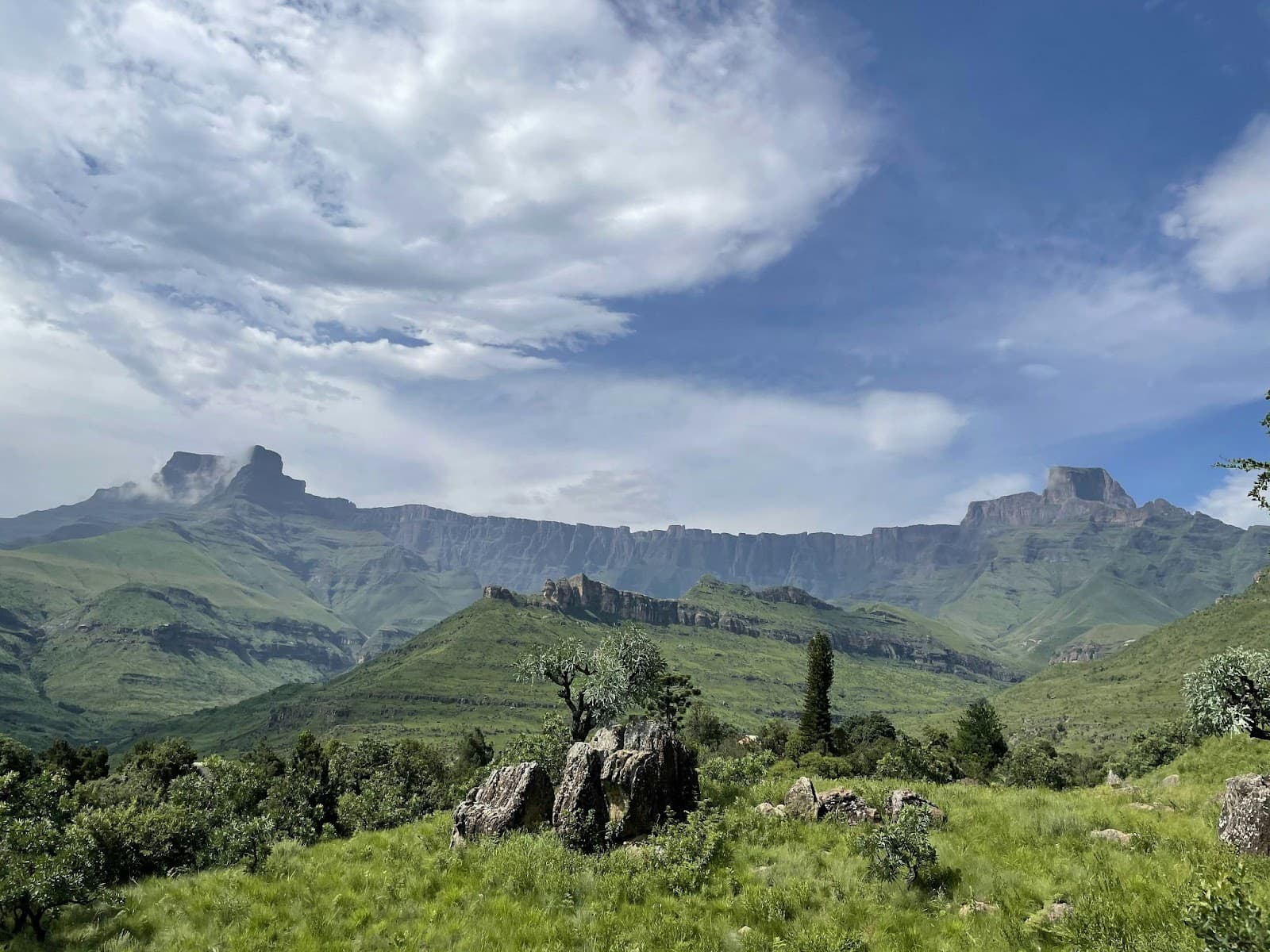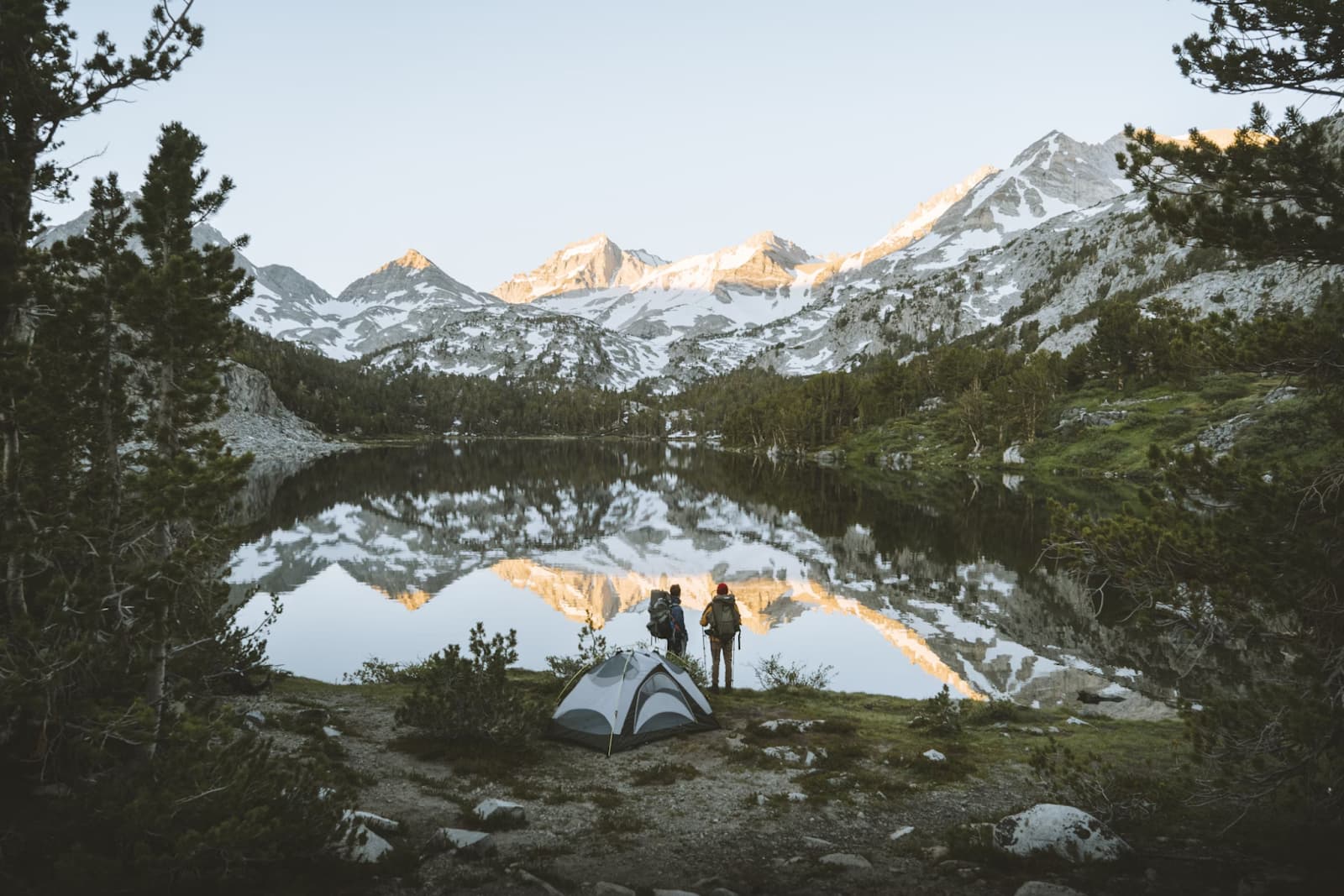Organizing travel in the mountains can be an unforgettable adventure—but when it involves a big group, logistics become just as important as the scenery. Whether you’re planning a corporate retreat in the Rockies, a family reunion in the Alps, or a student hiking trip in the Carpathians, transportation plays a crucial role in shaping the safety, comfort, and overall success of your journey.
In remote areas with winding roads, limited access, and unpredictable weather, moving a large group is not just about getting from A to B—it’s about doing it smartly, together, and stress-free.
Here’s a unique guide to help you navigate mountain travel for big groups, from choosing the right vehicle to planning for altitude and terrain.
🚌 1. Why Private Bus Rental Is the MVP of Mountain Transport
For large groups, private bus or coach hire from Bus EU is often the most practical and cost-effective solution for mountain travel.
Why It Works So Well:
- Everyone stays together, making coordination easy and reducing delays.
- Professional drivers are often experienced with mountain routes.
- Modern coaches offer ample luggage space, reclining seats, air conditioning, and sometimes even restrooms—comfort matters on steep, winding roads.
- It’s more eco-friendly than a convoy of personal vehicles.
🗻 Bonus: You can sit back and enjoy the view while someone else handles hairpin turns and gravel roads.
🚐 2. Minibuses for Mid-Sized Groups or Narrow Passes
For groups of 10–20, minibus rental can be a great alternative, especially when accessing tighter mountain roads or secluded lodges.
Minibus Benefits:
- More flexible for remote routes or quick stops.
- Easier to park and maneuver in small alpine towns.
- Ideal for day excursions, ski groups, or workshop groups.
💡 In some cases, a combination of a large coach for main travel and minibuses for local transfers works perfectly.
🏔 3. Choose Vehicles Equipped for the Terrain
Not all buses are created equal—especially in the mountains. Before booking, make sure the transport company knows your destination and is prepared for altitude, weather, and terrain.
Key Vehicle Features to Ask For:
- Strong braking systems (essential for downhill travel)
- Snow tires or chains in winter regions
- High-torque engines for steep climbs
- Heating or cooling depending on the season
- Local drivers with experience on mountain roads
🛞 When it comes to mountainous travel, the right equipment is just as important as the right route.
🗺 4. Plan Routes with Altitude and Stops in Mind
Big group travel in the mountains isn’t a race. It’s a balance between pace, safety, and experience.
Planning Tips:
- Break long drives into manageable segments with scenic stops or meal breaks.
- Allow time for acclimatization if heading to high altitudes.
- Choose scenic routes not just for beauty, but for wider roads and smoother gradients.
- Avoid night driving in unfamiliar mountainous areas when visibility is low.
🚏 Use waypoints for group photos, nature walks, or even spontaneous snowball fights—it’s part of the journey!

🍽 5. Coordinate Meals, Rest Stops, and Group Needs
Large groups = different needs. Think ahead about food, rest, and accessibility.
What to Plan:
- Schedule meals at group-friendly mountain lodges or pre-book picnic areas.
- Ensure bathroom breaks are built into your route—especially important with kids or older travelers.
- Pack water and altitude snacks for longer legs of the journey.
🥪 Tip: In more remote areas, phone and Wi-Fi may be limited—plan communication ahead of time.
🏞 6. Consider Environmentally Friendly Travel Choices
Traveling with a big group gives you the chance to lower your environmental impact—especially important in fragile mountain ecosystems.
Sustainable Choices:
- Choose modern, low-emission buses or electric options if available.
- Use group transport instead of individual cars to reduce traffic and pollution.
- Support eco-conscious local transport providers and guides.
🌍 Respect the places you visit—mountains are majestic, but they’re also delicate.
🧭 7. Hire Local Transportation Partners
When traveling in mountainous regions, local transport companies often provide better support, knowledge, and backup if needed.
Why Go Local:
- Local drivers know how to navigate difficult roads and weather patterns.
- You support the regional economy and sustainable tourism.
- They may offer added services like guides, permits, or luggage assistance.
📞 Ask your accommodation if they partner with trusted local transport providers—it’s often a great starting point.
In mountain group travel, transportation isn’t just logistics—it’s part of the adventure. Whether it’s winding your way up to a ski lodge, cruising through a foggy pass, or making an unexpected stop for a waterfall selfie, the journey becomes just as memorable as the destination.
With the right planning, the right vehicle, and the right people, transportation through the mountains can be smooth, safe, and even magical.
🚌 So pack your bags, gather your crew, and hit the high roads—together. The mountains are calling.


